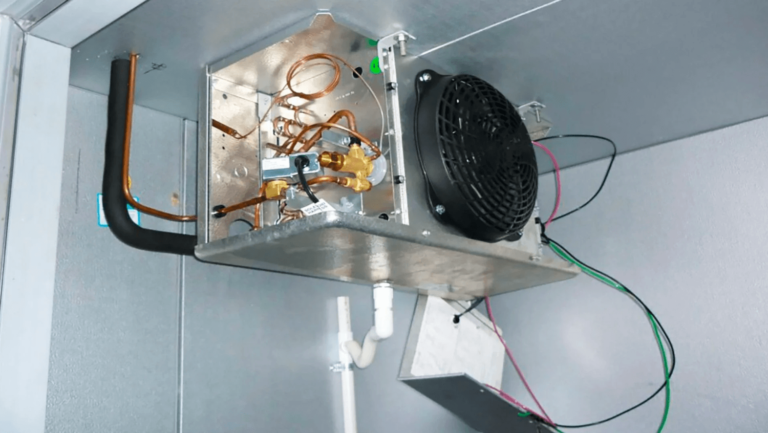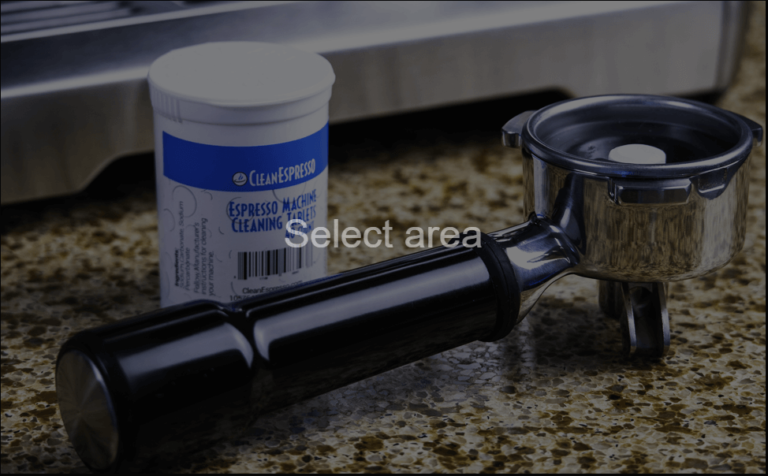Watch Cleaning Kit: A Comprehensive Guide to Keeping Your Timepieces Pristine
In a world where time is of the essence, a wristwatch serves as a functional accessory and makes a statement about one’s style and personality. Whether you’re a horology enthusiast with a collection of luxury timepieces or someone who values the sentimental value of a single watch, proper maintenance is essential. This article will delve into the world of watch cleaning kit, exploring the importance of keeping your watches clean and the steps involved in ensuring they remain pristine.
Why Cleaning Your Watch Matters
The Accumulation of Dirt and Grime
Over time, your watch is exposed to various environmental factors, such as dust, sweat, and moisture. These elements can accumulate on the watch’s surface, affecting its appearance and performance.
Preserving the Aesthetics
A well-maintained watch reflects your attention to detail. Cleaning your watch removes unsightly blemishes and preserves its lustrous finish, ensuring it continues to shine.
Extending Longevity
Watches are intricate machines with delicate movements. Cleaning them can prevent the deterioration of internal components, thereby extending the life of your timepiece.
Choosing the Right Watch Cleaning Kit
Assessing Your Watch’s Needs
Before selecting a cleaning kit, consider the materials and features of your watch. Different watches may require specific cleaning methods and products. For instance, stainless steel, leather, and ceramic watches have unique cleaning requirements.
Contents of a Watch Cleaning Kit
A standard watch cleaning kit typically includes:
- Cleaning Solution: A gentle, non-abrasive cleaning solution suitable for your watch’s material.
- Cleaning Cloths: Microfiber or lint-free cloths to wipe the watch without scratching its surface.
- Brushes: Soft brushes for removing dirt from crevices and links.
- Polishing Cloths: Specialized cloths for restoring the watch’s shine.
Research and Reviews
To make an informed choice, read reviews and seek recommendations from fellow watch enthusiasts. Look for kits that are known for their effectiveness and compatibility with various watch types.
How to Clean Your Watch
Step 1: Gather Your Supplies
Ensure you have your cleaning kit, a flat surface, and good lighting.
Step 2: Remove the Watchband
If your watch has a removable band, take it off to clean it separately.
Step 3: Apply Cleaning Solution
Gently wipe the watch’s case and crystal. Be cautious around any buttons or crowns.
Step 4: Use Brushes for Detailing
For watches with metal bracelets, use a soft brush to clean between the links and around the clasp.
Step 5: Polish and Buff
Use a polishing cloth to restore the watch’s shine. Ensure there are no streaks or residue left behind.
Step 6: Reassemble
Reattach the watchband to the case, ensuring it’s secure and clean.
Maintaining Water Resistance
If your watch is water-resistant, it’s crucial to maintain this feature. Consider checking and replacing the gaskets periodically to ensure the watch remains sealed. Read more…
Conclusion
Areflection of your style and personality. Investing in a quality watch cleaning kit is essential to keep your watches in top-notch condition. Regular cleaning not only preserves the aesthetics but also extends the life of your beloved timepieces.
FAQs
1. How often should I clean my watch?
- It’s recommended to clean your watch every few months or more frequently if it’s regularly exposed to dirt and moisture.
2. Can I use household cleaning products to clean my watch?
- Using specialized watch cleaning solutions is best to avoid damaging your watch’s finish.
3. Are watch cleaning kit suitable for all types of watches?
- No, different watches require specific cleaning methods and products. Always check the compatibility before using a cleaning kit.
4. Can I clean my watch if it’s not water-resistant?
- You can clean non-water-resistant watches, but be cautious not to get them too wet, especially if they have leather bands.
5. Is professional watch cleaning necessary?
- While it’s not always necessary, professional cleaning is recommended for high-end or vintage watches to ensure delicate movements and mechanisms are not damaged during the cleaning process.







